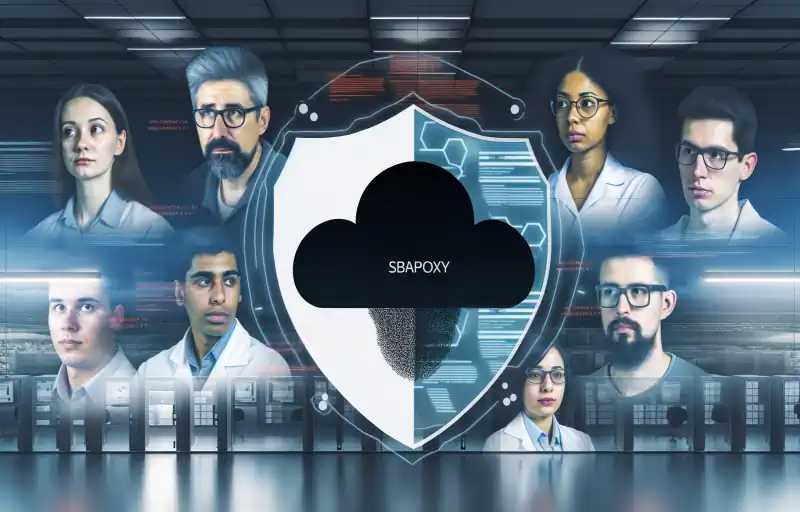
“LevelBlue Labs Exposes SbaProxy: Hijacking Anti-Virus Software for Stealthy Cyber Attacks”
Unveiling SbaProxy: How Threat Actors Hijack Legitimate Anti-Virus Software
In a groundbreaking discovery, researchers at LevelBlue Labs have unveiled a new method by which cybercriminals are subverting trusted anti-virus software to serve their nefarious purposes. This revelation sheds light on a sophisticated technique involving a tool dubbed SbaProxy, which cunningly disguises itself as a component of legitimate anti-virus programs. By doing so, it establishes proxy connections that link back to a command and control (C&C) server, orchestrating activities that could potentially compromise vast amounts of personal and corporate data.
SbaProxy is not just another piece of malware; its ability to mimic legitimate software components makes it particularly insidious. Distributed in various forms such as DLLs (Dynamic Link Libraries), EXEs (Executable files), and even PowerShell scripts, SbaProxy blurs the lines between genuine protective software and malicious payloads. This camouflage complicates the task of cybersecurity defenses, which must now discern between actual security measures and cleverly disguised threats.
The threat actors involve tampering with the binaries of well-known anti-virus products like Malwarebytes, BitDefender, and APEX. By altering these trusted binaries, the attackers can inject malicious code without arousing suspicion. What makes this strategy especially effective is the use of valid or convincingly authentic certificates to sign these altered binaries. This practice typically allows the malware to bypass traditional security checks that rely on certificate validation to confirm the legitimacy of software.
The implications of such attacks are far-reaching. For one, they undermine the trust that users place in their security solutions. If foundational tools like anti-virus software can be turned against the users they are meant to protect, it calls into question the efficacy of basic cybersecurity practices. Moreover, by establishing proxy connections through compromised systems, cybercriminals can generate illicit revenue by funneling sensitive data or leveraging the infected systems for further malicious activities.
Understanding the operation of SbaProxy is crucial for developing countermeasures. The tool’s ability to remain under the radar suggests that more sophisticated detection techniques are necessary. Cybersecurity experts must now consider behavioral analysis and anomaly detection strategies that go beyond mere certificate verification. This might involve monitoring network traffic for unusual patterns or implementing advanced heuristics that can distinguish between legitimate and malicious software behaviors.
The discovery by LevelBlue Labs serves as a critical reminder of the dynamic nature of cyber threats. As cybersecurity measures evolve, so too do the tactics of those looking to exploit technological vulnerabilities. The unveiling of SbaProxy highlights the need for continuous vigilance and innovation in cybersecurity methodologies. It also underscores the importance of comprehensive security strategies that include not only robust anti-virus solutions but also education and awareness programs to inform users about potential threats and safe computing practices.
While the emergence of tools like SbaProxy presents new challenges, it also offers an opportunity for cybersecurity professionals to advance their understanding and defensive mechanisms against such sophisticated threats. The ongoing battle against cybercrime demands constant adaptation and proactive defense strategies to protect digital landscapes from evolving threats.














